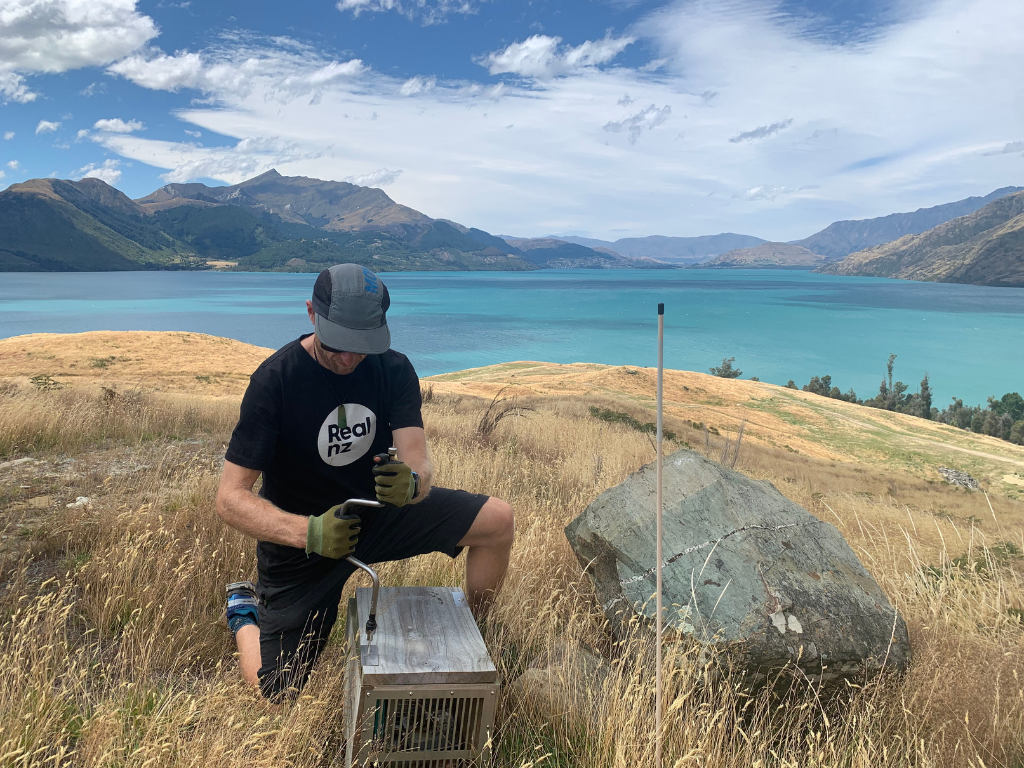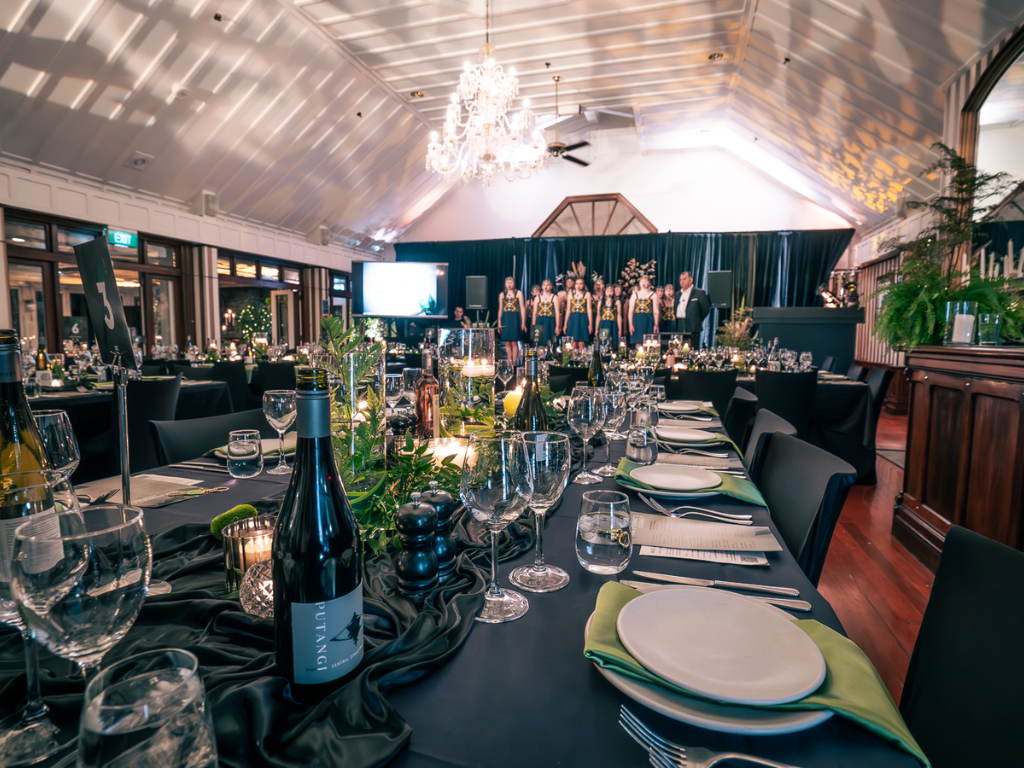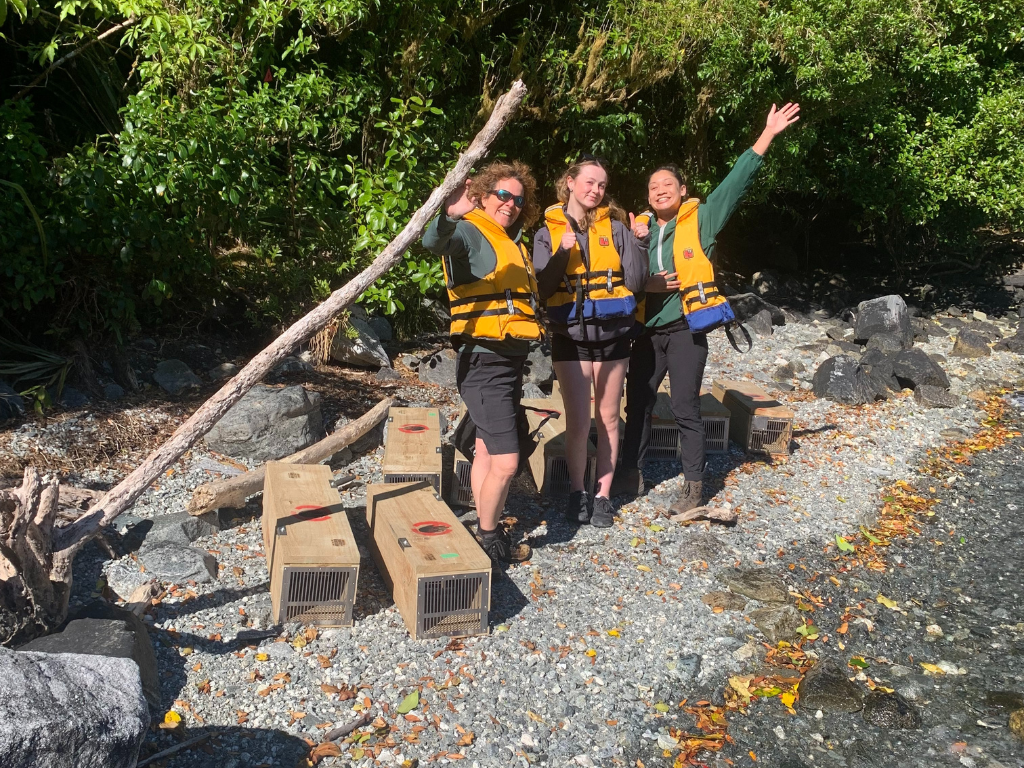“Take only photos and leave only footprints” is the golden rule of responsible travel. But what if tourism did more? What if it helped bring back birdsong and regrow forests? It turns out that what’s good for nature can be good for business, too.

Visitors to the lower South Island have probably crossed paths with RealNZ. It’s the company behind ski areas Cardrona and Treble Cone, Milford Sound cruises, the Rakiura (Stewart Island) ferry, and glowworm cave tours in Te Anau – just to name a few.
Tourism is often associated with overcrowding and environmental strain, but RealNZ hopes it can be more sustainable. Instead of treating nature as something to use, the company sees it as something to invest in.
“Tourism and conservation need each other for mutual survival.”
This philosophy dates back to the company’s founders, Les and Olive Hutchins. They started the company in 1954 based on a belief in protecting the landscapes they showcased.
Les was deeply involved in the Save Manapouri Campaign, which successfully stopped the government from raising the lake’s water for hydroelectricity.
Fast forward to today, and that legacy is still going strong. “We don’t see conservation as separate from tourism anymore,” says Ewan Mackie, RealNZ’s conservation and sustainability lead. “It’s one and the same.”
And it seems to be paying off.

“Our guests consistently tell us that our initiatives align with what they expect from a company like ours,” he notes.
Bringing back native species

One of their flagship projects is removing predators from Ao-ata-te-pō (Cooper Island), an island in Dusky Sound, Fiordland, paving the way for the reintroduction of little spotted kiwi.
Staff and volunteers check and reset nearly 1,000 traps on the island several times a year.
This year has been a landmark year for RealNZ projects. Takahē found a new wild home in the Rees Valley, and kākāriki karaka (orange-fronted parakeet) were released on Pukenui (Anchor Island) in Fiordland.
RealNZ’s annual Conservation Ball contributed hundreds of thousands of dollars to reintroducing these birds to the wild. The black-tie event invests 100% of the ticket price in critical conservation projects, raising nearly $664,000 since 2015.
Creating new wild populations of endangered birds doesn’t just benefit conservation; it enhances the visitor experience, making New Zealand an even more desirable destination.
Hands-on staff and visitors
RealNZ encourages visitors to take part. They can plant a tree at Walter Peak, join a seasonal planting day at Cardrona or Treble Cone, or sponsor a predator trap while on a Fiordland cruise.
These experiences create lasting memories, turning visitors into advocates for New Zealand’s wildlife.
When they’re not providing unique experiences for customers, RealNZ staff are also busy getting their hands dirty.
Employees are encouraged to participate in initiatives such as maintaining trap lines, planting and tending native trees, or recycling challenging materials like milk bottle tops.
Each staff member also receives an annual “day for good,” where they are paid to contribute to a conservation project.

The company has ambitious goals for the future, including planting 50,000 native trees and installing 2,000 predator traps by 2028.
“It’s a long game,” Ewan explains, “but one that’s already showing results with growing birdsong and biodiversity.”
By investing in conservation now, RealNZ can help safeguard the landscapes and wildlife that underpin the tourism industry for years to come.

